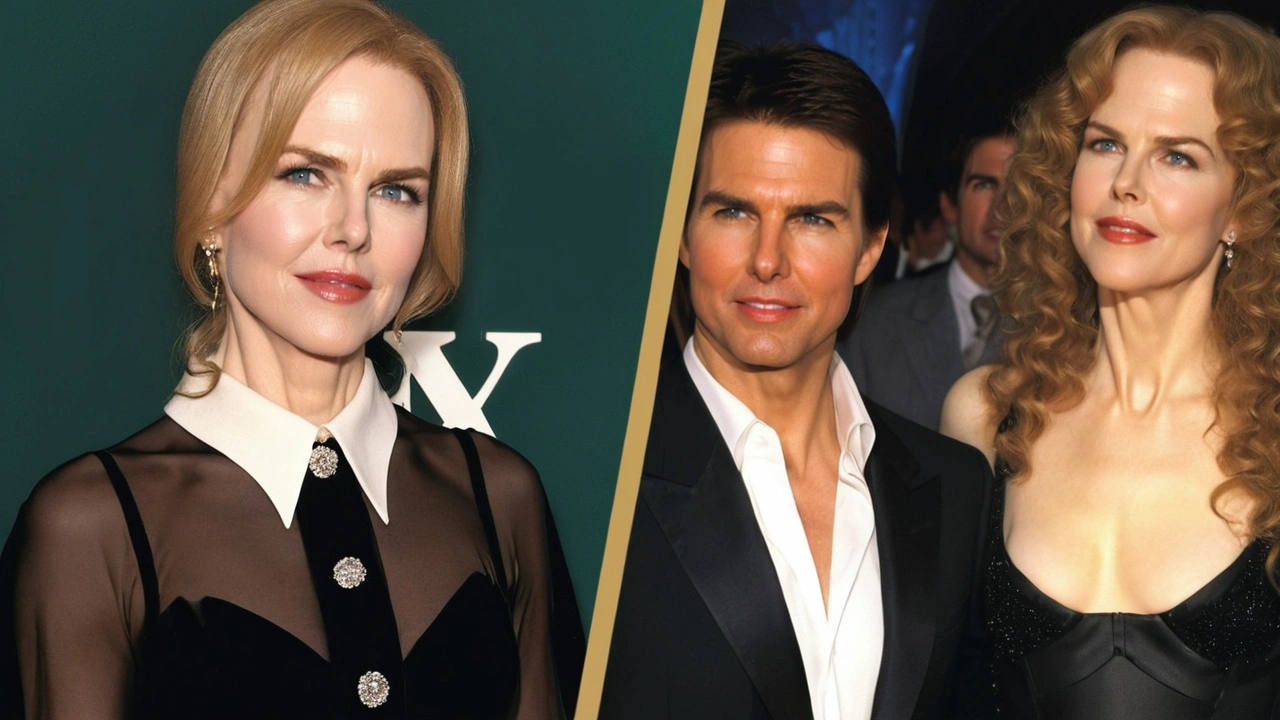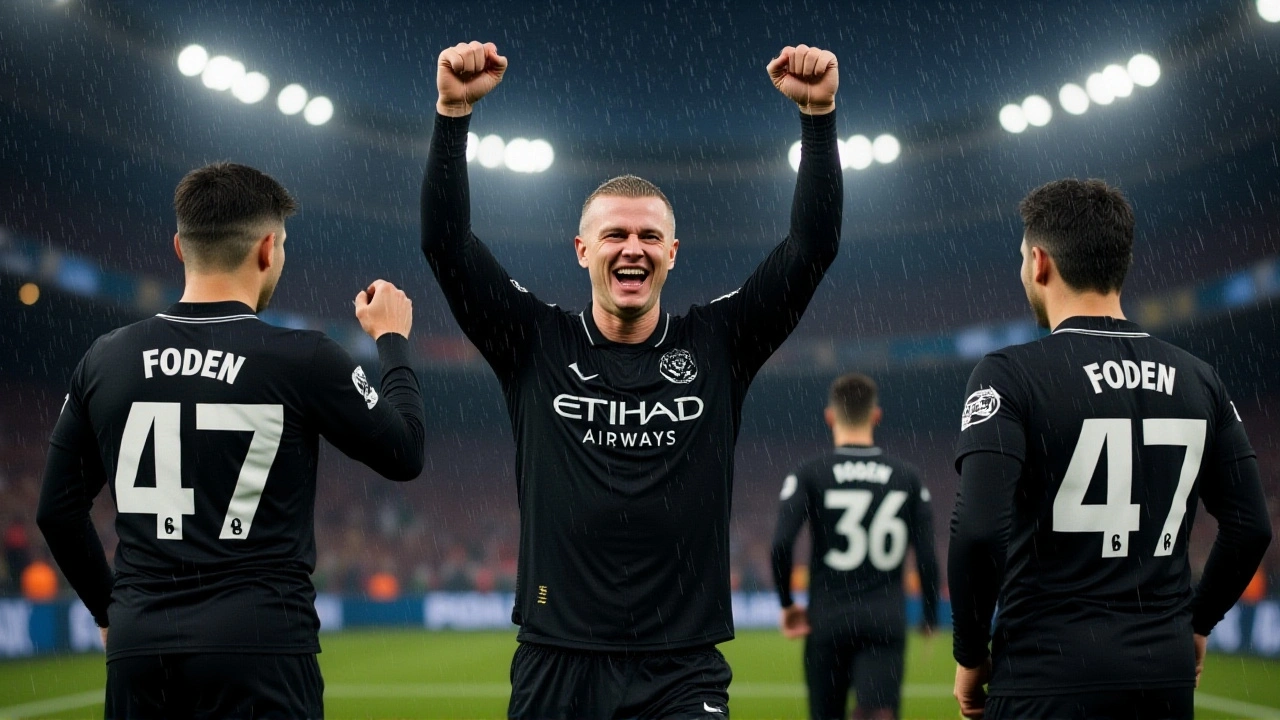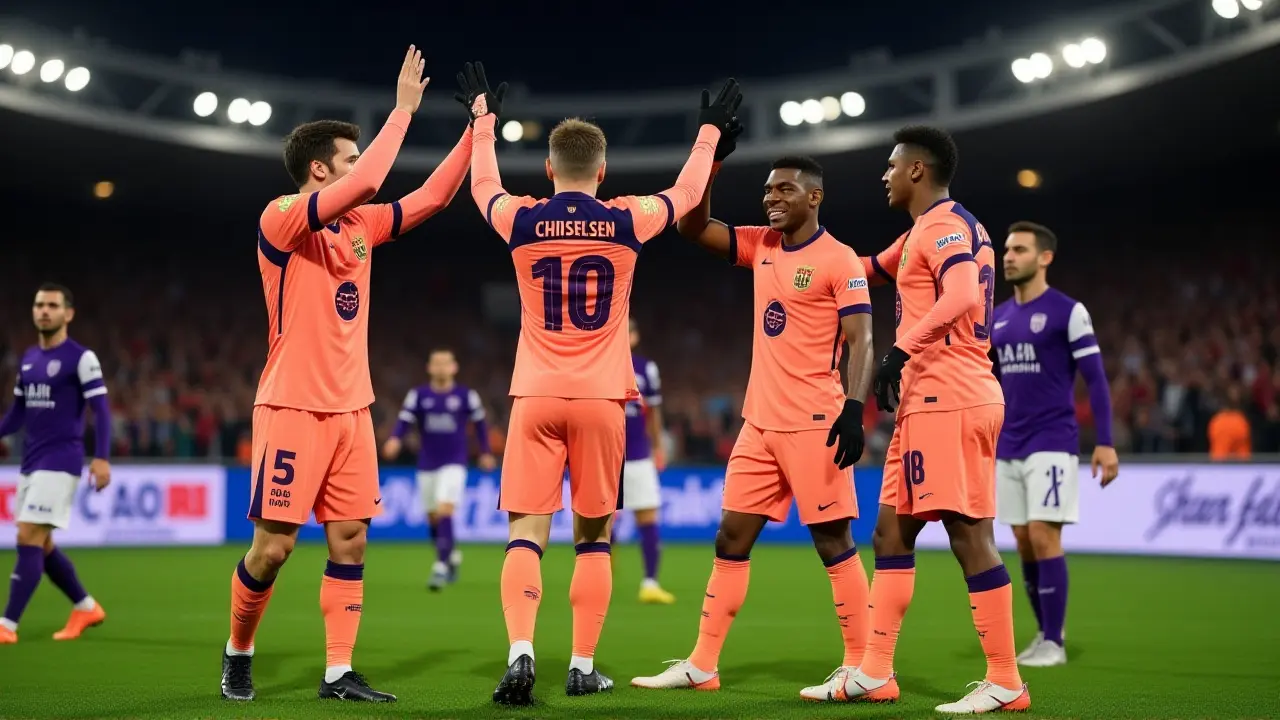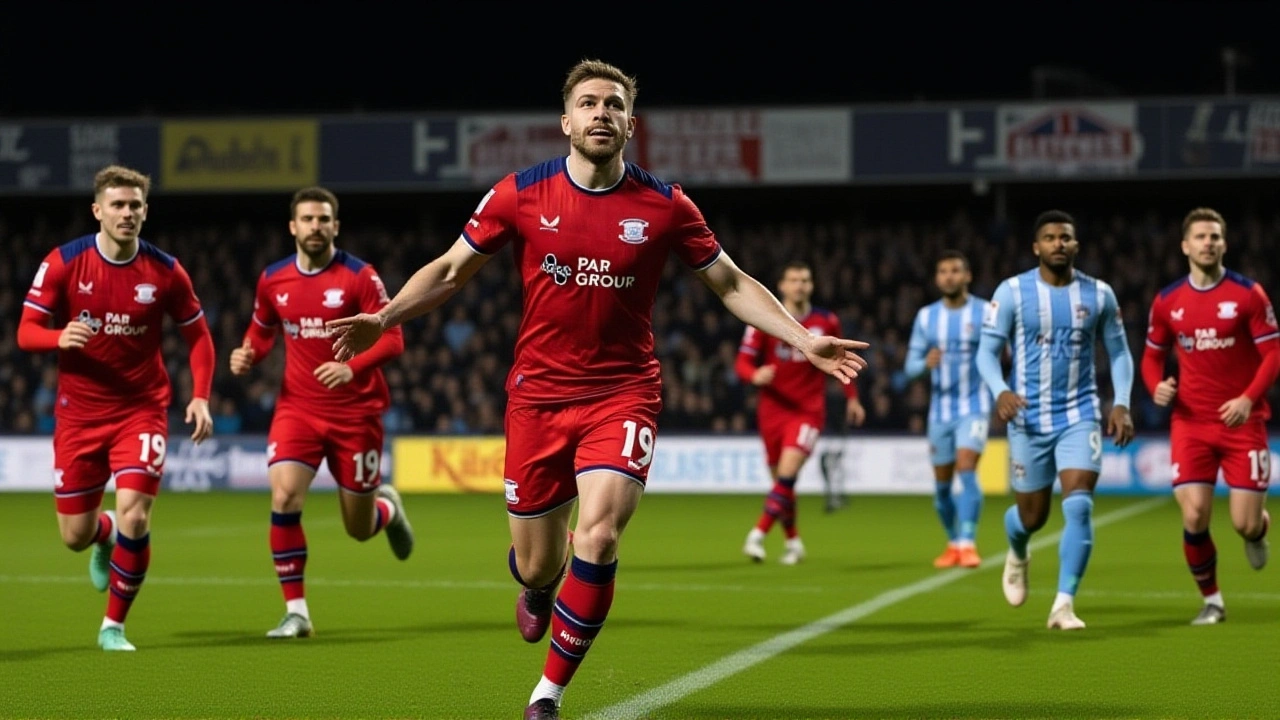Stanley Kubrick: Films, Style and How to Watch Them
Stanley Kubrick made some of the most powerful and strange movies of the 20th century. He worked slowly, paid obsessive attention to image and sound, and pushed actors and crews until every frame felt deliberate. If you want to enjoy his films fully, you need a plan: pick a film, slow down, and watch with notes.
Start with the essentials. Try Dr. Strangelove for dark comedy and satire, 2001: A Space Odyssey for visual storytelling and sound design, A Clockwork Orange for bold editing and controversial themes, The Shining for atmosphere and camera movement, and Full Metal Jacket for a two-part narrative structure. These five films show different sides of Kubrick's approach without being overwhelming.
How to watch like a critic
Before you press play, set a simple goal: focus on one element per viewing. First time, follow the story. Second time, watch camera moves and framing. Third time, listen for music choices and silence. Jot down timecodes when something feels odd or brilliant — a shot under ten seconds often holds the key to Kubrick's idea.
What to look for and why it matters
Kubrick loved symmetry and long takes. Watch for centered framing, repeated patterns, and slow pushes or pulls that reveal information instead of cutting away. He used music to reshape meaning — classical pieces can feel ironic or threatening depending on editing. Pay attention to props, costume details, and background action: he layered small items that later explain character choices.
Acting under Kubrick often feels restrained or intense because he pushed performers toward specific rhythms. Don’t judge a performance by naturalism alone; Kubrick aimed for a heightened truth. Also note how he staged crowds and extras — their positioning often forms a visual argument that the dialogue does not say out loud.
Want a quick practical checklist? Before watching write down: one scene to study, one repeated visual motif to track, and one sound or music cue to note. After the film, rewatch your chosen scene and compare notes. This turns casual viewing into a mini film study session that actually improves your attention and taste.
If you plan to study Kubrick as a filmmaker, read a good making-of book and watch interviews with collaborators like editor Ray Lovejoy or cinematographer John Alcott. Documentaries such as "Stanley Kubrick: A Life in Pictures" give straight accounts of his process and on-set habits.
One last tip: some of Kubrick's films demand patience. Let confusing stretches sit with you. The payoff usually comes from the image or sound, not an explained plot point. Watch, note, and then watch again — you’ll start spotting choices that make his films stick in your mind.
Look for restored or director-approved versions when streaming or buying. Many Blu-ray releases include high-quality transfers, commentaries, and color timing closer to Kubrick’s intent. If a film looks washed out or has altered music, switch sources. Good transfers reveal details Kubrick hid in shadows and composition.
Start small and enjoy the process.



